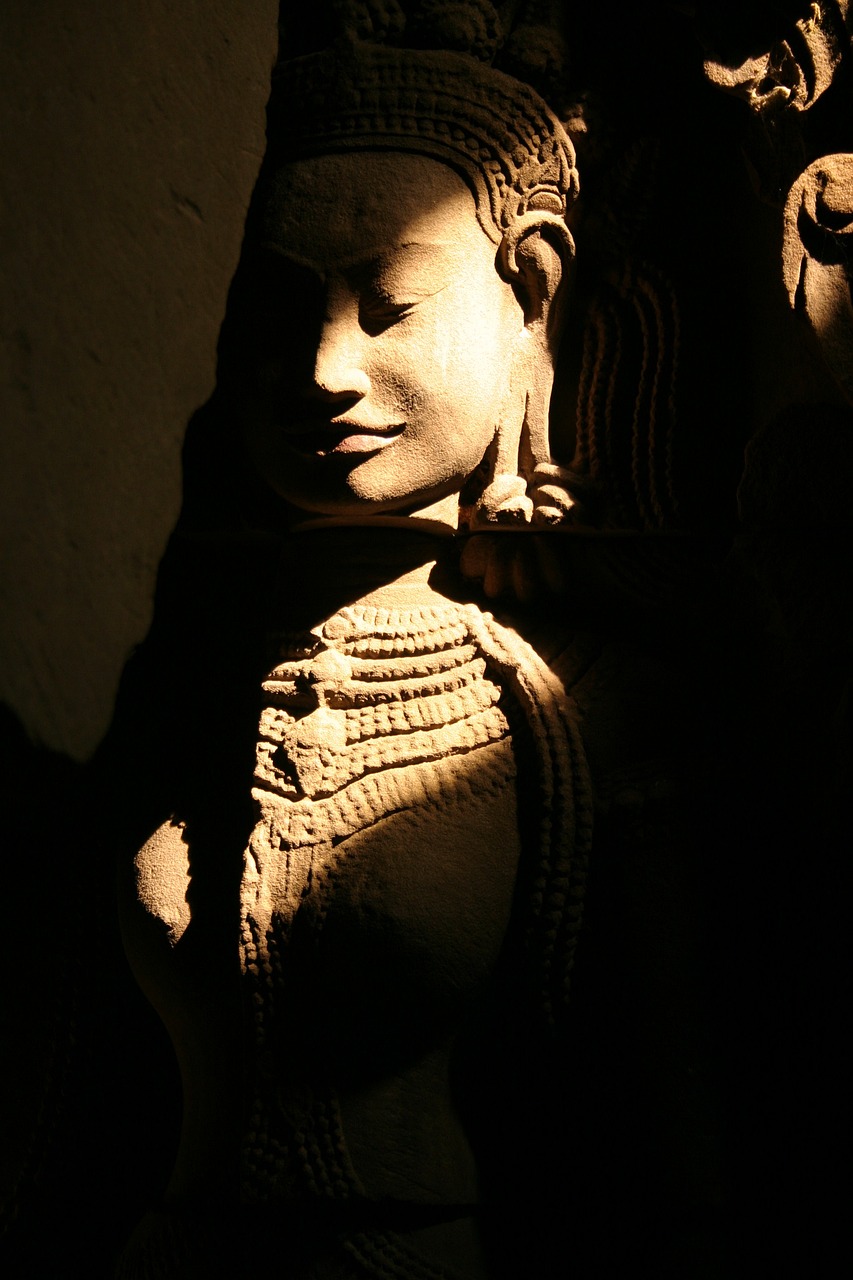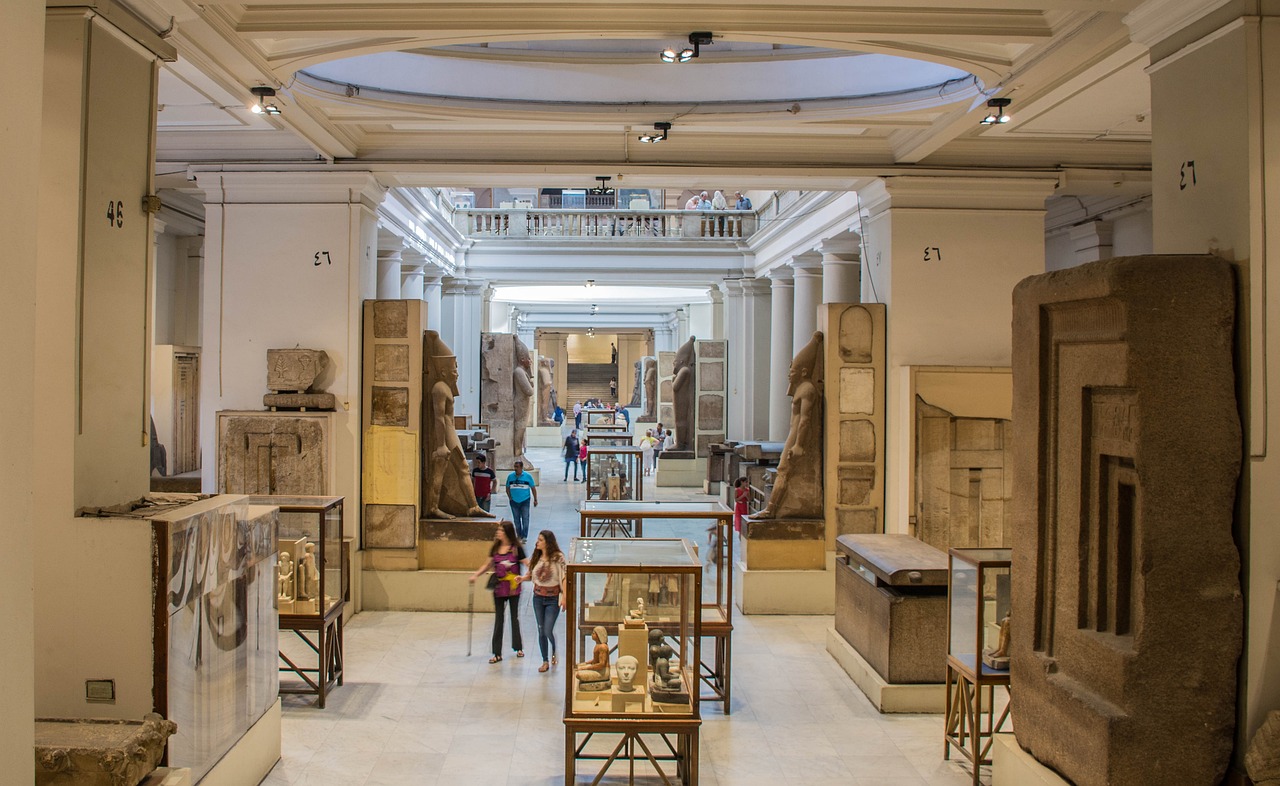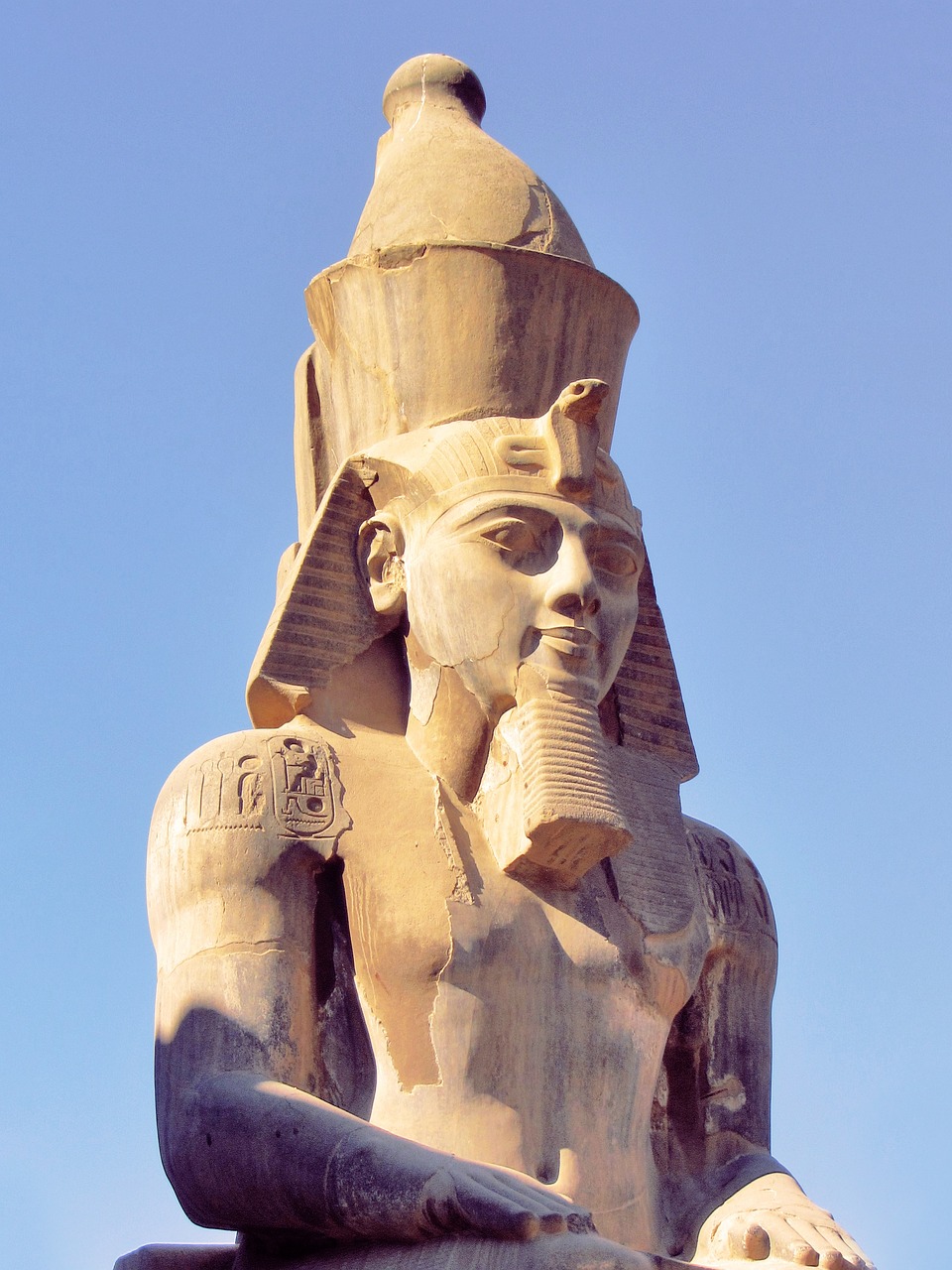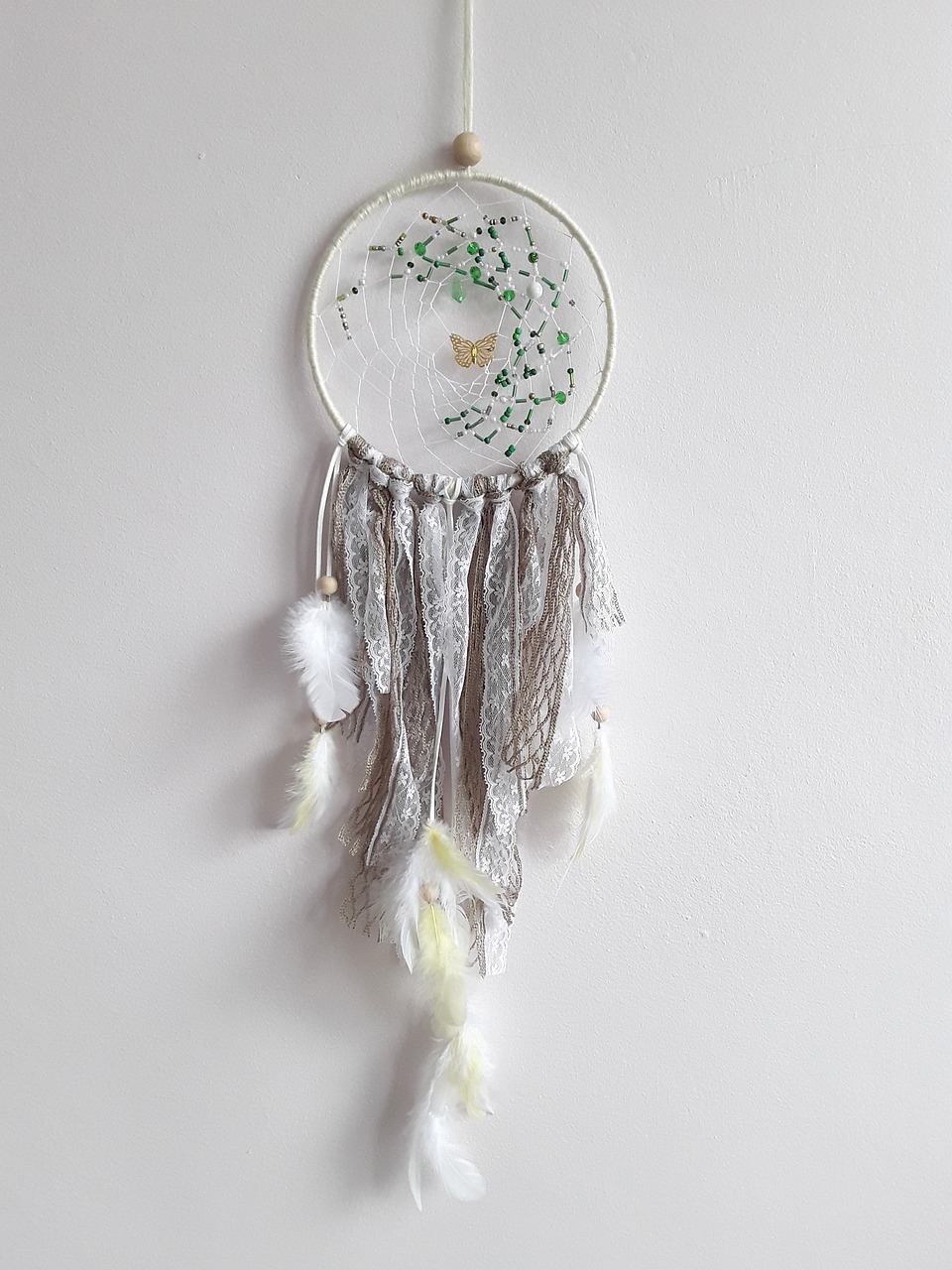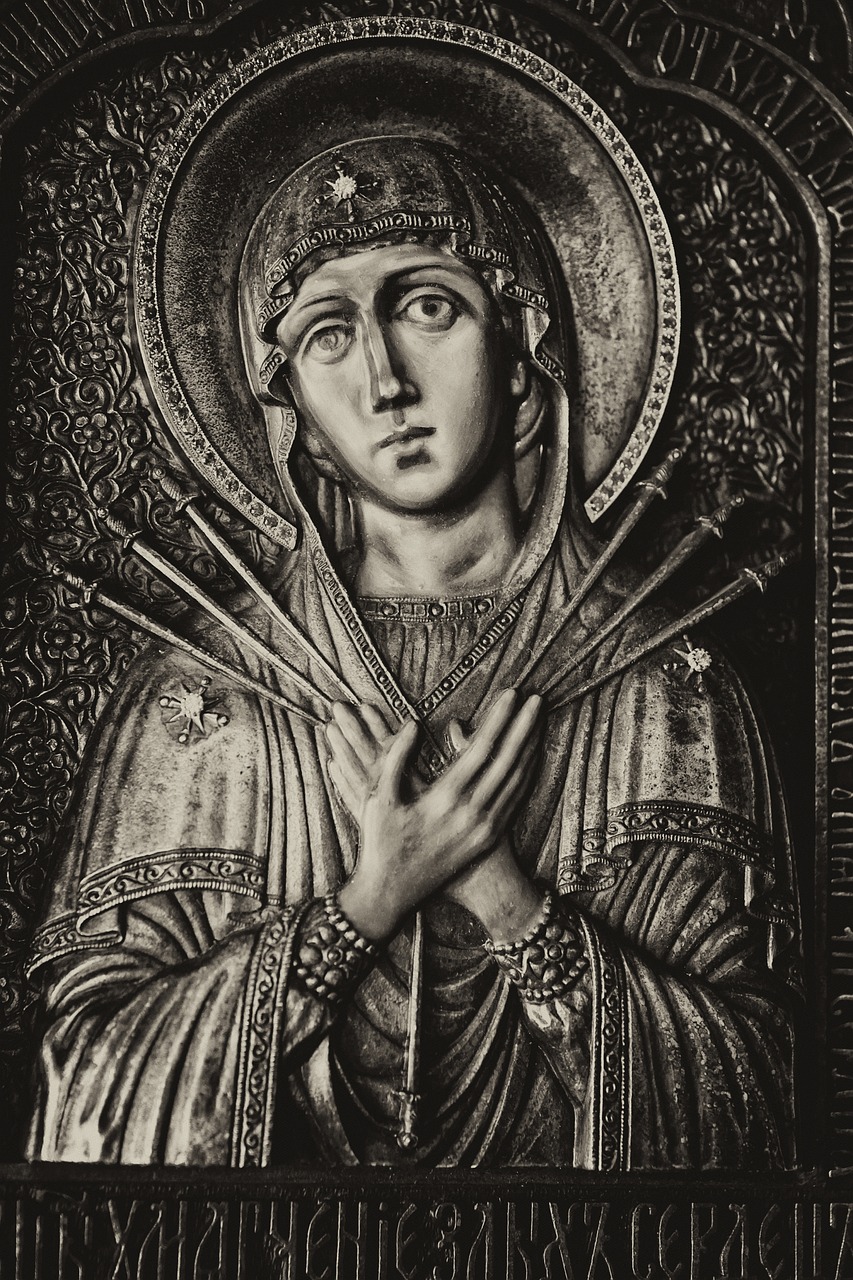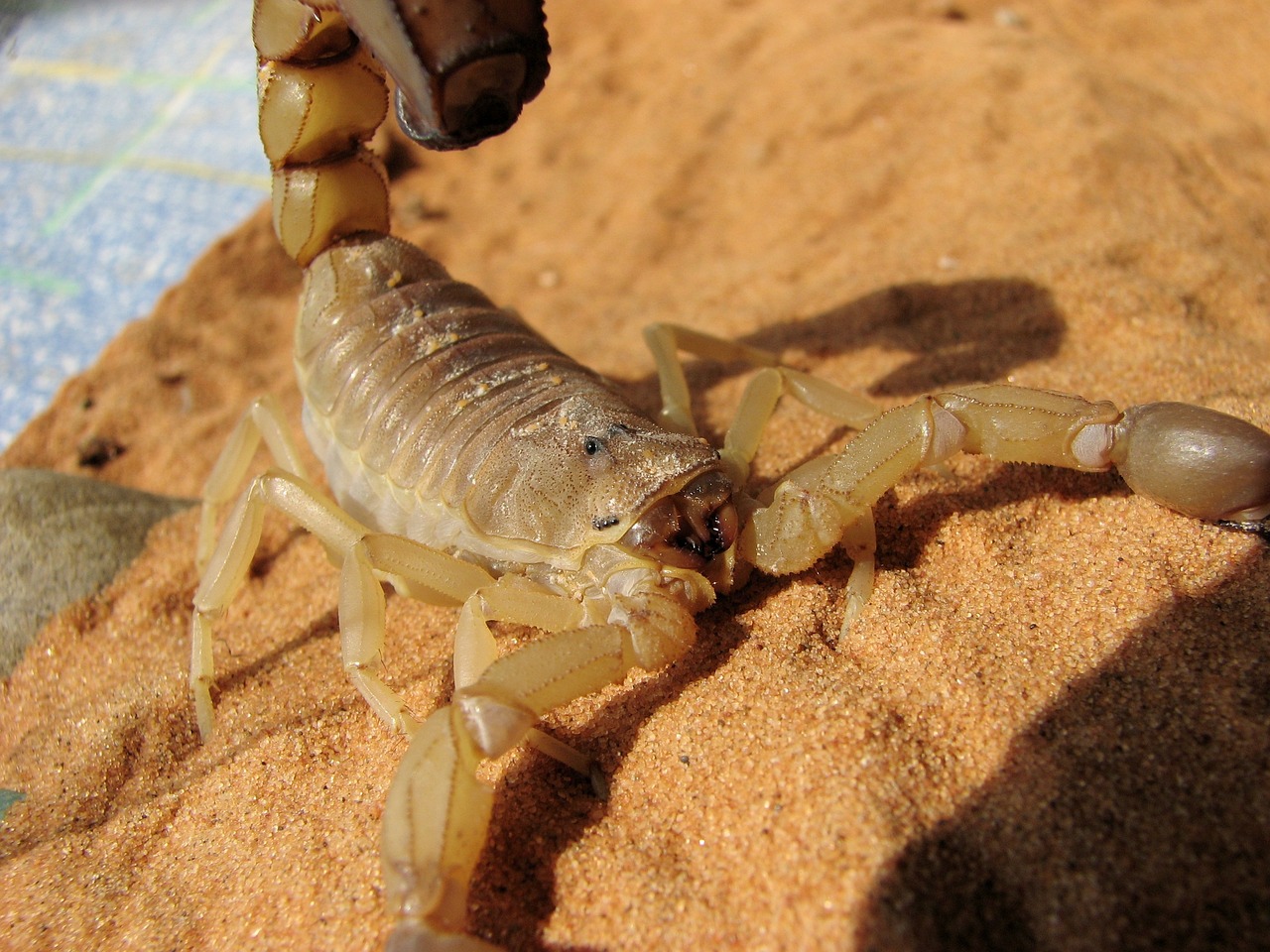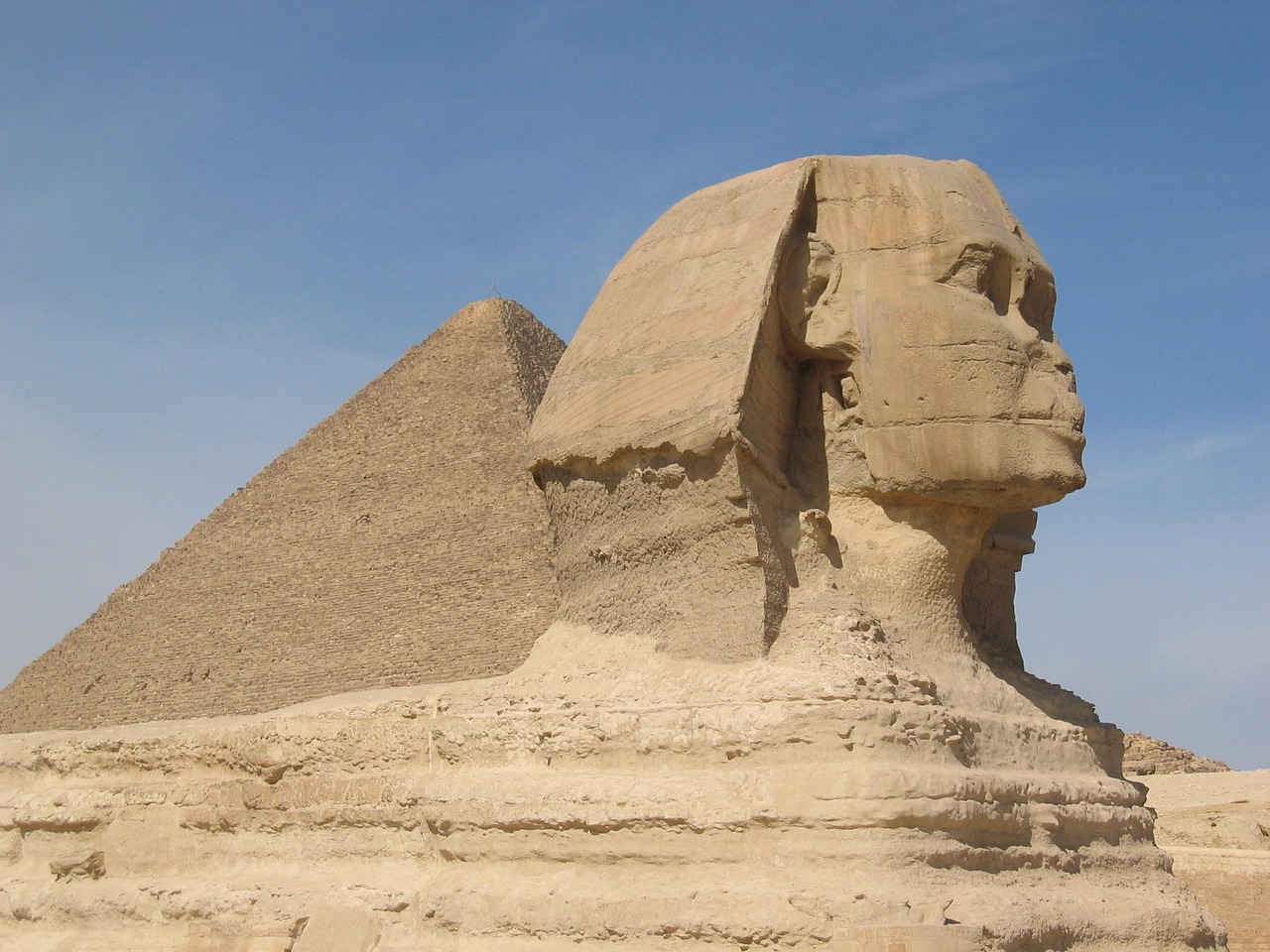Tag: ancient Egypt
-
Imhotep, known by his Greek name Imouthes (circa 2667-2600 BCE), stands out as a remarkable figure in ancient Egyptian history, celebrated as the mastermind behind King Djoser’s Step Pyramid located at Saqqara. His name translates to “He Who Comes in Peace,” and he holds a unique distinction within Egyptian society as one of the few…
-
The Divine Guardian of Thebes: Meretseger Meretseger stands as the revered protector of the Valleys of the Kings and Queens in western Thebes, residing atop a desert mountain shaped like a pyramid, a location infested with serpents and a crucial entry point to the Egyptian underworld. Her name, meaning ‘she who loves silence,’ aptly reflects…
-
The Historical Importance of Karnak Temple Complex The Karnak temple complex, located in Luxor, is a monumental testament to ancient Egyptian civilization, evolving over a span of more than a millennium, primarily from the Twelfth to the Twentieth Dynasties. At its zenith, it stood as the most significant religious hub in ancient Egypt, with the…
-
Renenutet, also referred to as Renenet or Ernutet, held an esteemed position as a goddess in ancient Egyptian mythology, representing the bountiful aspects of nature. She earned titles such as the “Lady of Fertile Fields” and “Lady of Granaries,” signifying her association with agriculture and fertility. Known primarily as the Cobra Goddess or the “Nourishing…
-
The Essence of Ma’at in Ancient Egyptian Cosmology Ma’at, pronounced as ‘may-et’, represents the ancient Egyptian goddess embodying ideals of truth, justice, and balance. Recognized primarily during the Old Kingdom (circa 2613 – 2181 BCE), she may have roots in even earlier traditions. Typically depicted as a winged woman adorned with a feather, Ma’at is…
-
Ancient Egyptian religion encompasses the indigenous spiritual beliefs and practices that evolved within ancient Egypt from its early days in the 4th millennium BCE until the gradual decline of traditional customs in the early centuries CE. For a comprehensive understanding, one can refer to the historical context of Egypt. Nature and Importance Religious beliefs and…
-
Provenance Until 1907 The item was owned by an unknown party in Egypt prior to 1907. From 1907 to 1919 In 1907, it was acquired by Charles Lang Freer (1854-1919) during his travels in Egypt from the same unidentified owner. From 1920 Onwards The object became part of the Freer Gallery of Art collection, donated…
-
Neith, also referred to as Net, Neit, or Nit, is among the most ancient deities from Egypt, revered since the Pre-Dynastic Period (circa 6000 – 3150 BCE) and continuing her worship throughout the Ptolemaic Dynasty (323 – 30 BCE), the final dynasty before Roman dominion. As a multifaceted figure, she embodies many roles, including that…
-
Serqet, also known by variations such as Selket, Selqet, and Selkit, was an ancient Egyptian goddess associated with scorpions. While she was predominantly viewed as a protective deity, her character also possessed a more ominous aspect. Serqet was associated with controlling venomous creatures like snakes and scorpions, akin to other deities such as Meretseger and…
-
A few years back, the British Museum hosted a captivating exhibition entitled Living with Gods, which addressed the idea that religion is crucial to the human experience. This notion intrigues me, especially when considering its significance—how does it enrich our lives? One aspect of religion is its role in helping us interpret our surroundings, providing…

